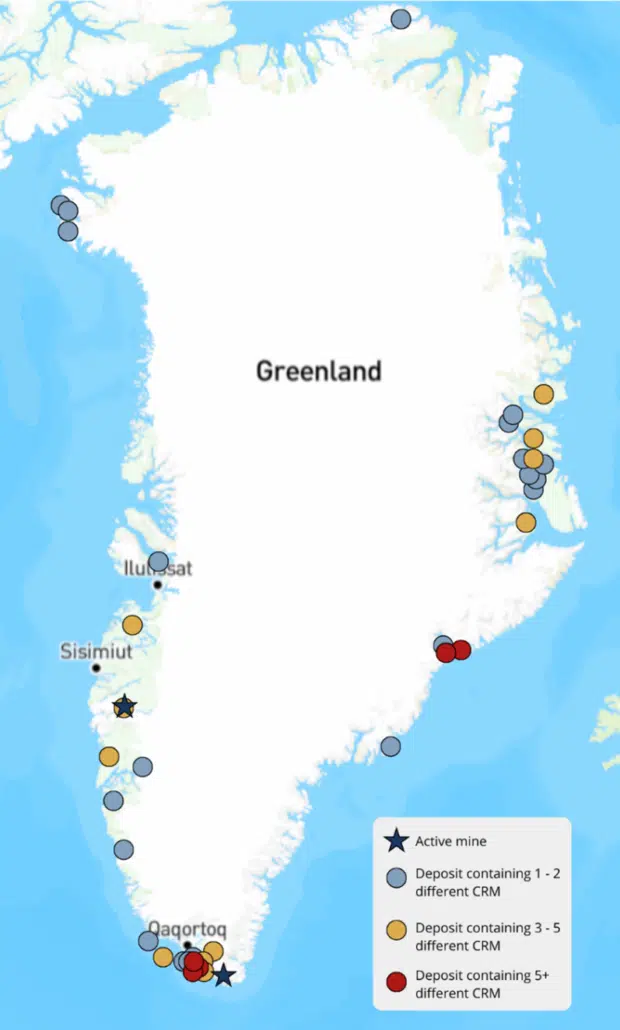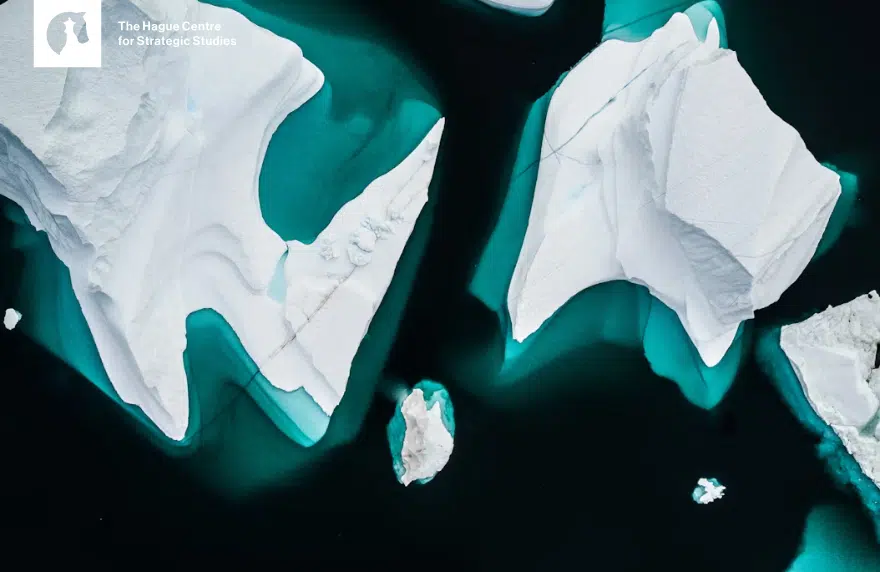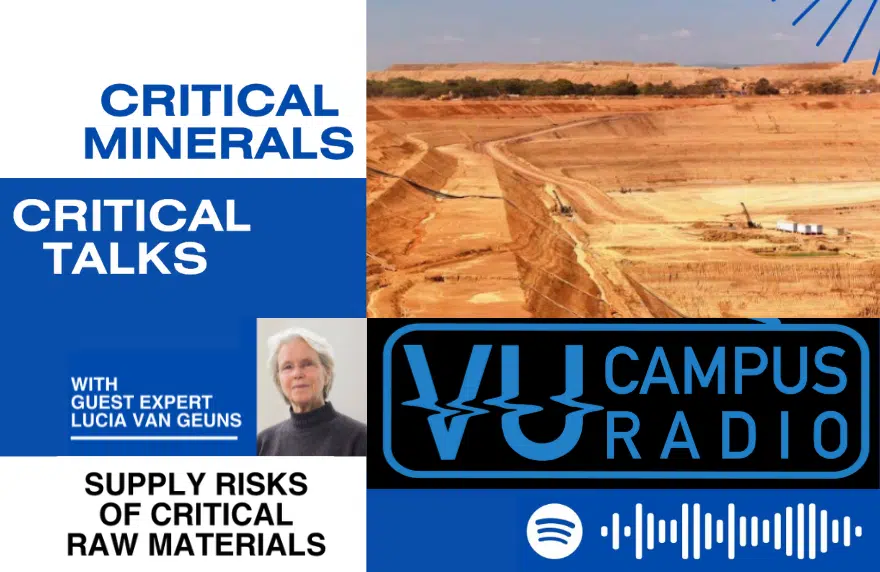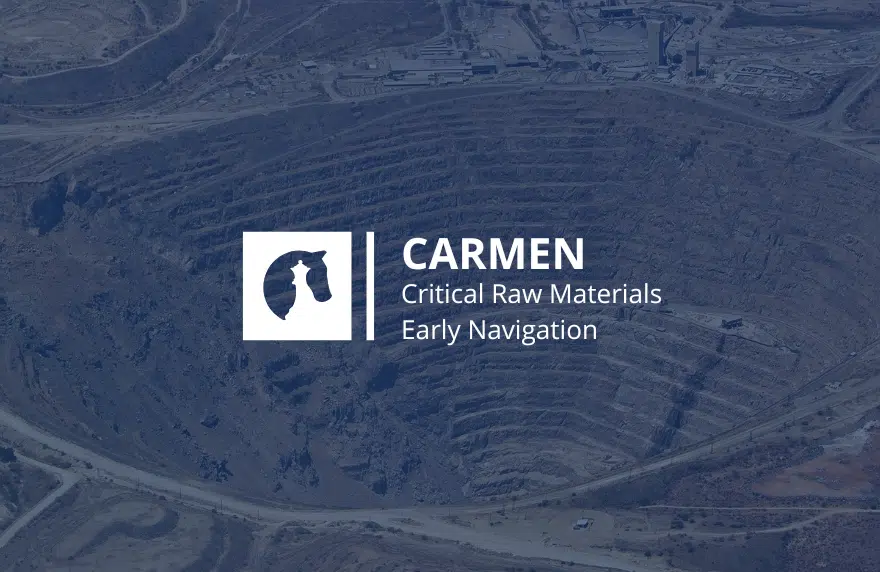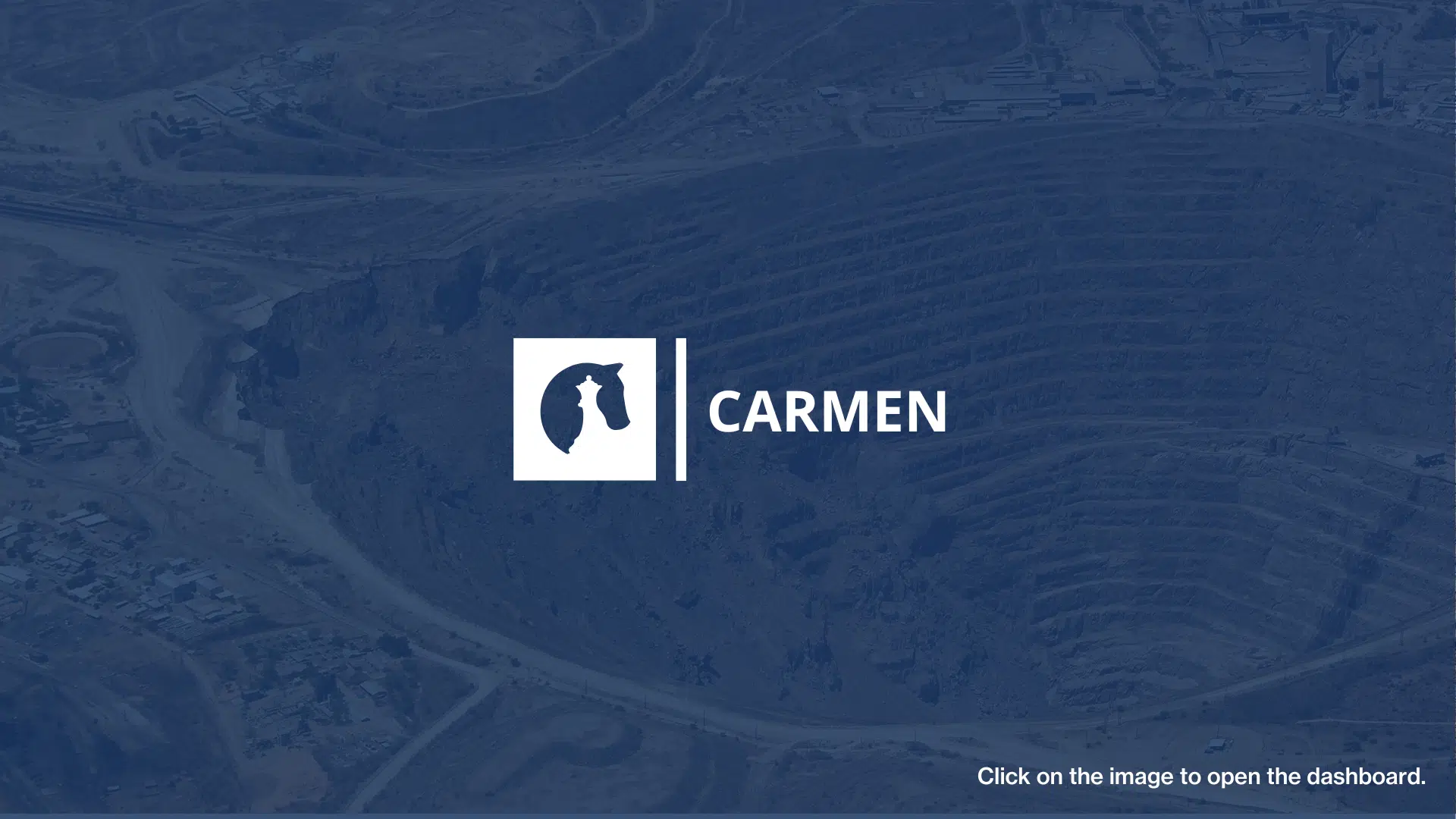Greenland’s critical raw materials (CRM) are attracting global attention. With both a high variety and quantity of CRM, the island holds significant strategic leverage. To capitalise on its current potential and navigate operational, regulatory, and social hurdles, Greenland has launched concrete initiatives to foster sustainable development.
These initiatives demonstrate an openness to international partnerships, particularly with the EU and the US, which have both deepened ties with Greenland over the past years.
Assistant Analyst Julie Jeuken and Strategic Analyst Irina Patrahau investigate EU and US bilateral relations with Greenland regarding CRM, comparing policy, commitments, financing tools, and other aspects. The analysis finds that, despite diametrically opposed political and public framing of their engagements, the two actors share similar goals. Both actors aim to reduce their CRM dependency on third countries, such as China, while promoting responsible and ESG-aligned practices in the mining sector.
However, it also identifies a critical gap; Neither the EU nor the US is currently meeting Greenland’s expectations. So far, both actors have been struggling to move from political promises to concrete investments. Furthermore, contrary to the UK and Canada, neither the EU nor the US has a strong corporate presence within the island’s mining sector. The absence of coordinated transatlantic engagement thus carries a strategic cost.
This Snapshot proposes a Greenland-centered framework for transatlantic cooperation, aligning EU and US efforts with the island’s ambitions, leveraging renewable energy in mining, and coordinating with countries already active in the sector. The urgency to act is clear, as Greenland has signalled it may turn to alternative partners, such as China, should nothing change.
Author: Julie Jeuken; Editor: Irina Patrahau
Cover photo: Annie Spratt on Unsplash
